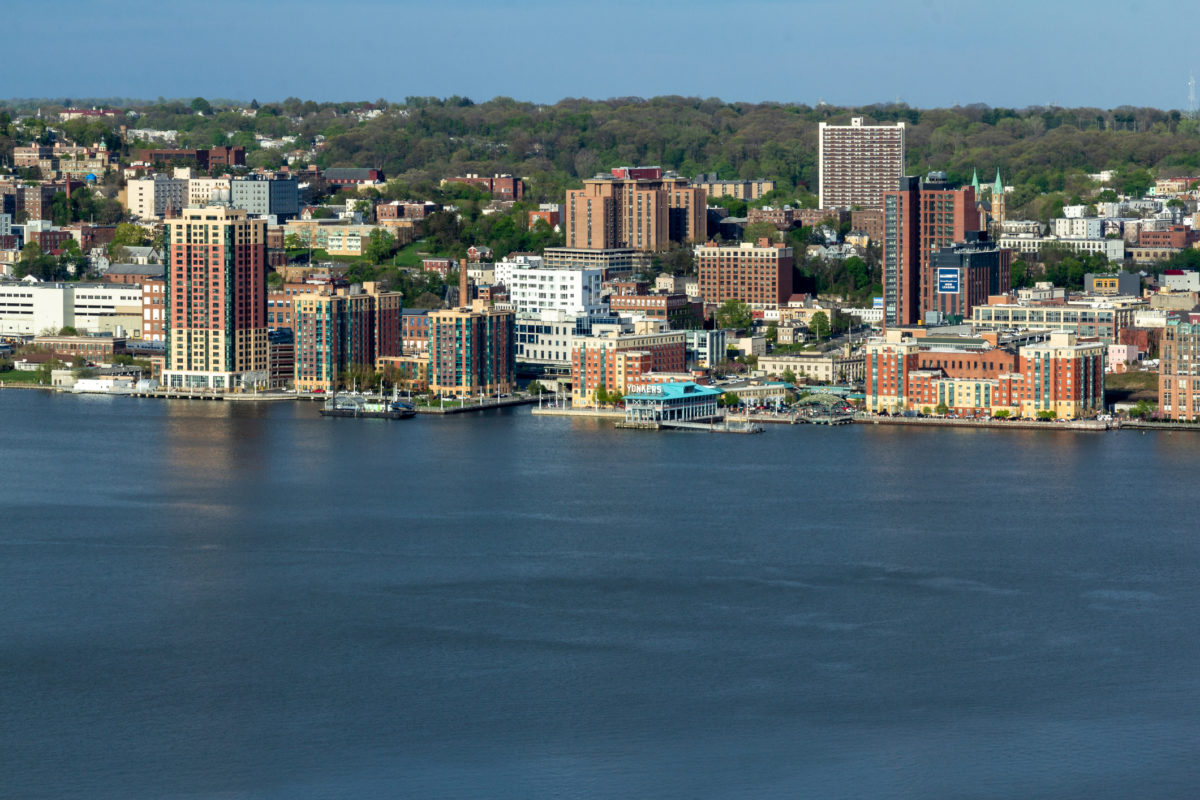Although I am proudly a part of Generation Z, born in 2004, I”™ve recently been thinking about those who have come before me, born in 1981 to 1996, habitually referred to as millennials. As an intern at the Business Journals and WAG magazine, I”™m dipping my toes into the vast ocean that is the business world. During my time here, many opportunities both professional and social have been bestowed upon me. One of these experiences involves my everyday ability to observe those who precede me ”” millennials. By closely watching what”™s happening in their lives, I believe I may be able to anticipate what lies in store when I fully immerse myself in this ocean and ultimately learn a thing or two from their successes as well as from the mistakes that are holding so many millennials back.
It”™s estimated there are 80 million millennials nationwide. A population that large does, indeed, influence American culture, development and consumption.
Although the national impact of millennials is secure, the stigma that surrounds them is not. Loved by marketers yet often criticized for “outdated” lifestyles and attempts to hold onto their youth, millennials may very well be both the most popular and unpopular generation of all time. Negative labels such as “narcissistic,” “lazy” and “indecisive” have been used to describe the behavior of this generation. Did I mention the common use of the word “entitled” to describe how some believe and act?
Yet, the irrefutable fact that millennials are responsible for 21% of all consumer discretionary spending makes up for what some view as their unappealing characteristics. In order to determine the most livable places for millenials, the consumer financial website WalletHub compared millennials in 50 states and the District of Columbia across 34 key metrics. The data ranged from the share of state populations in the millennial category to average monthly earnings for millennials and the millennial unemployment rate.
Despite WalletHub ranking millennials in New York as being in second place when it comes to average monthly earnings, education and the generation”™s immense purchasing power, they are still shown to be financially worse off than past generations.
Why? Thank the fluctuation of our country”™s financial and economic state. The majority of millennials began working in the shadow of the Great Recession, which hindered their job prospects and profitable opportunities. Factoring in student debt and the costliness of New York”™s housing determined as pricey by WalletHub, ranked 40th place out of 51, helps explain why millennials struggle financially. This additionally speaks to the point of why New York is also ranked considerably high, at 45th place, with respect to the percent of millennials still living with their parents and 50th regarding the minuscule percentage of millennial home ownership.
Playing both the hero and villain is the Covid-19 pandemic. It resulted in many people unexpectedly losing their jobs, contributing to New York being ranked 35th place based on unemployment and 11th place regarding the percentage of millennials with depression, Covid has also given a hefty percentage of millennials careers. As mandates lift and masks become optional, some employers seem almost desperate for workers as they rebuild after Covid hit and ran.
Although the millennial experience is not the same everywhere, perhaps New York should cut its portion of the generation some slack. Living and working as a millennial in New York is not as easy as one may think, no matter what stereotypes may suggest.



















